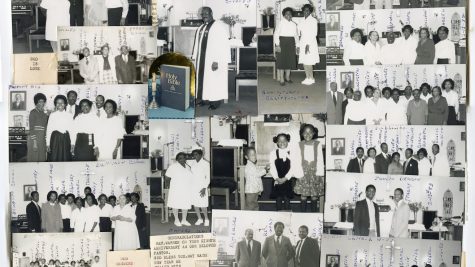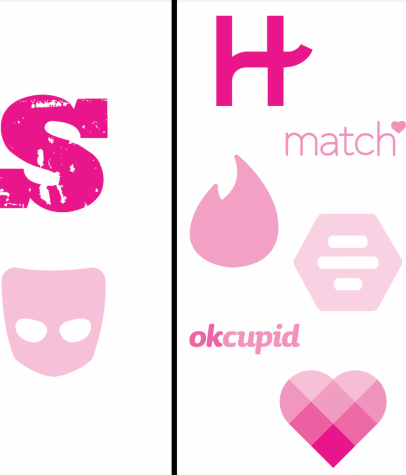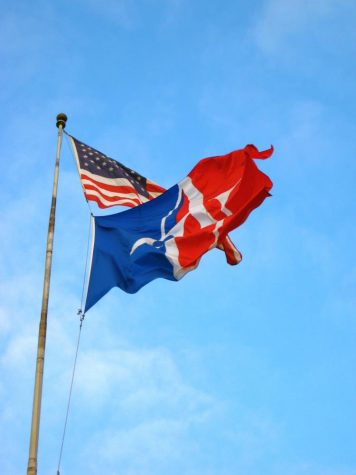Alta Gracia: A Living Wage for a Living Community
Well, you’re not the only one who thinks that. For over a decade, union leaders in Dominican Republic and United Students Against Sweatshops and students on campuses across the nation have protested and collaborated together to form a mainstream garment company called Alta Gracia. Alta Gracia is the first ever living-wage union made apparel initiative to hit the college logo market.
A living wage constitutes the ability for the worker to be able to provide food, clean water, clothing, shelter, health care, child care, and education for themselves and their families. Under the WRC’s (Worker Rights Consortium) calculations, Alta Gracia’s required basic wage is 4,189 Dominican Pesos per week ($115). Such wage is considered the living wage minimum with the inclusion of overtime pay, production incentives, and any other pay enhancements on different occasions as well. The legal minimum wage for apparel workers, in contrast, is 1,246 Pesos ($34) per week. To put it in perspective, a living wage is considered $2.83 per hour while the legal wage is $0.83. The living wage is 340% of the normal Dominican apparel wage.
Alta Gracia also serves as a business model for the apparel industry. It provides a positive incentive, proving that living-wages and respect for workers’ unions is feasible and attractive to consumers. Merchandise from Alta Gracia costs the same as, wholesale and retail, other brands. Also, because it cuts in on the limited retail floor space in college bookstores of less responsible brands (Nike, Gildan, Adidas, your AU sweater), it raises awareness for those brands to meet higher labor rights standards in order to remain competitive. In response, NYU, UCLA, Duke, and other prestigious schools have purchased substantial amounts of merchandise from Alta Gracia in their bookstores. AU, it seems, likes to take baby steps. Roughly 10 percent of American’s bookstore is fair trade.
Thus, AU students have been collectively pushing for a more progressive agenda. Clubs like the Fair Trade Alliance written multiple policy memos and petitions, and met with multiple managers only to land back to square one. Fair Trade Alliance, supported by numerous clubs around campus, simply calls for 50 percent of the merchandise in the bookstore to be Alta Gracia’s. Yet, the bookstore and the bureaucracy of AU’s administration have only lagged the process and remained unresponsive half the time. It may seem as though it’s simply a fad that college students will “outgrow” over time, but it’s not. This isn’t simply a change of brand throughout a bookstore, but rather an action that will change the lives of workers and shift companies away from the traditional business concentration–cheap labor. Hence, let’s embrace Alta Gracia’s phrase, “Changing lives one shirt at a time”
Like Alta Gracia on Facebook, or follow them on Twitter. Learn more about getting involved with Alta Gracia’s Common Threads movement here.
Photo by keishka via Flickr//Creative Commons.







